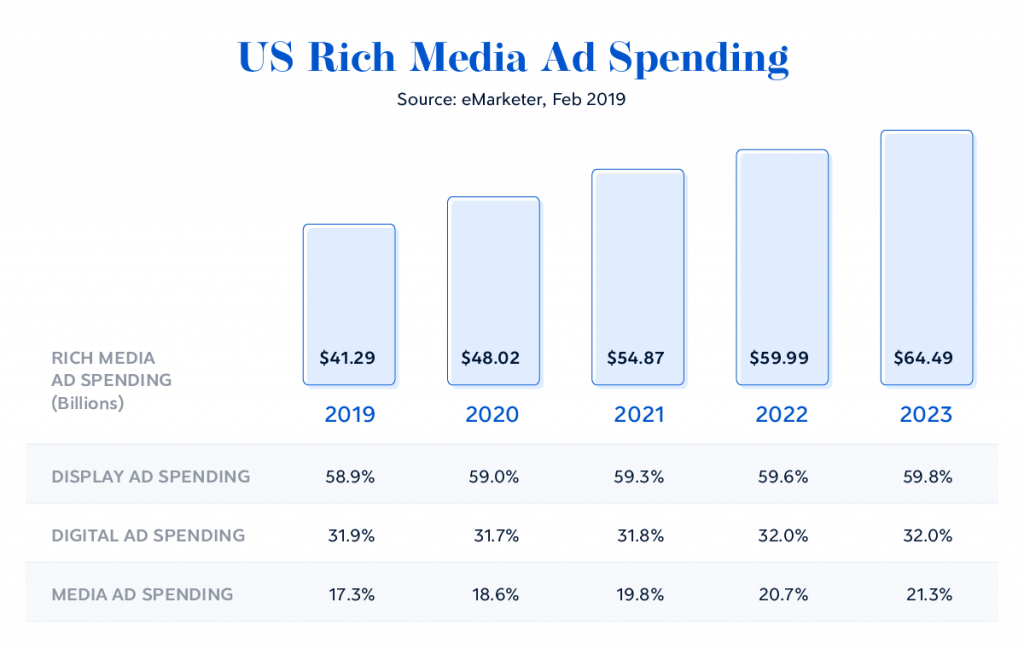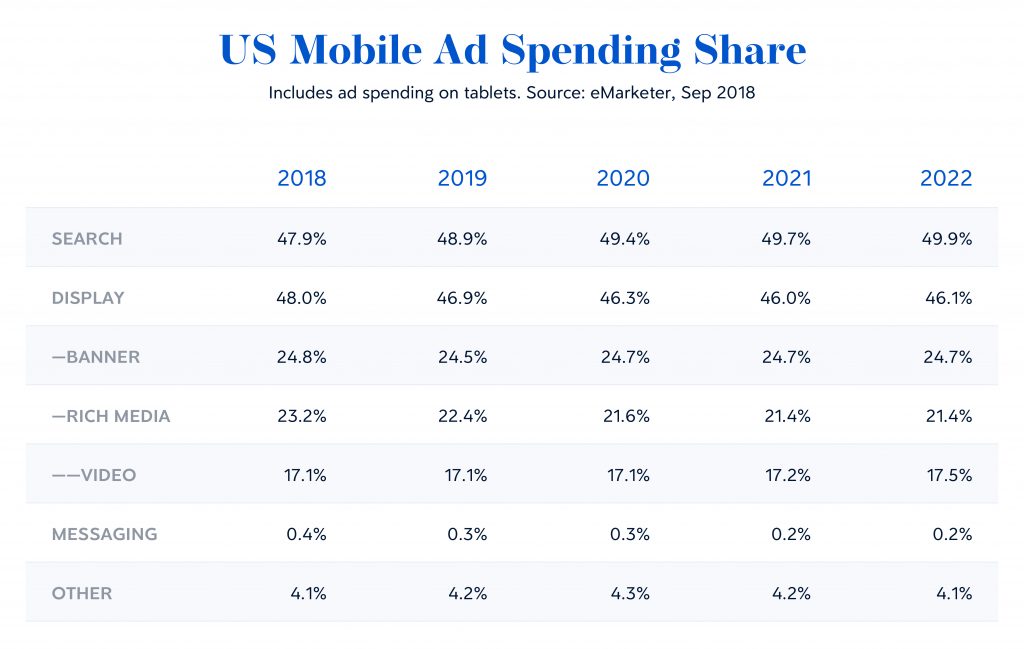What makes rich media ads terrible, and how to fix it
When it started, people thought rich media advertising was the future of digital advertising, the golden child that was going to save the the industry, bringing back engagement and getting consumers invested in products. In some ways, the predictions were not far off the mark. In others, unfortunately, they were.
Rich media has earned a bad reputation because current ads are being lumped in with the problems from early efforts. The first generation of rich media ads had image files that were too large, and the interactive elements were less than engaging. This reputation isn’t fair to today’s ads, and here at Nexd we’re on a mission to save rich media from itself. We’ll tell you how.
Advertisers may have seen an increase in CTR and a high level of interaction with old-style HTML5 rich media ads. Unfortunately, many of these ads weren’t actually successful – many of the interactions were users trying to stop the ads and get back to the website content.

These days, as a look at Nexd Campaign Manager will tell you, there are many ways to make an ad engaging. The trick is to use the right tools for the right ad. If you want help with this, our support team is here for you.
Rich media is seen as bespoke, and therefore time consuming
Often, rich media ads are seen by top brands as bespoke and time-consuming, and therefore expensive. It can be true, but it doesn’t have to be. Rich media doesn’t need to be a luxury purchase – and with Nexd it isn’t! – but it’s slow to change a reputation. This is one of the reasons why rich media needs to get its act together, and fast.
Here’s the truth: rich media doesn’t need to be pricey, any more than coffee does. There’s plenty of coffee in the world, but we’ve been talked into believing that it’s better served by a barista in a coffee shop. If you spend 3 euros in a cafe, your coffee’s quality is probably the same as if you bought and ground your own beans, and brewed the cup at home. Even if you invest in a nice brewer, the machine will pay for itself with the money you saved at the cafe.
The same principle applies to rich media. Because it’s what people have always done, they assume that it’s necessary to go to an expensive agency and have them make an ad. Nexd is proof that’s not necessary! For a fraction of the cost you’d pay an agency, you can build your own rich media ads that are just as beautiful, engaging, and impactful as what an agency can produce for you. And you can do it in minutes, not weeks.
The idea that rich media is unaffordable and slow to create is now a myth. So why do advertisers keep believing it? Like coffee, it’s partly force of habit – people expect to hire it out, and never question whether they can do it themselves. It’s time we bust that myth.
Why isn’t rich media working for everyone?
Rich media can be intimidating to people looking to adopt a new ad campaign. As we’ve talked about, early rich media ads weren’t great. They were clunky, had movement and interaction for the sake of it, and it showed. People saw engagement in their analytics and counted it as a win, when it was more likely the user frantically swiped at the ad to get rid of it. Sales didn’t correspond to the engagement rates, and advertisers started to go back to static and basic ads.
Rich media has got smarter, as have advertisers, but the reputation has unfairly remained. Spending on rich media ads is forecasted to increase in the next few years, though we believe the industry can do even better.

Google’s about to rain on your parade
The other struggle for rich media advertising comes from the biggest beast of them all: Google. The search giant often changes its algorithms in order to prioritize high-quality content, and it’s now making life hard for some advertisers and ad platforms.
Through its Chrome browser, Google is developing an adblocker that will disable ads above a predetermined file size, or that it feels will excessively slow down the browsing experience. This means that heavy HTML5 rich media ads may well be the victims of The Purge. Google may have its own reasons for the changes – ad spending on search is forecast to increase in the coming years.

Does this mean the end for rich media ads? It depends on what kind of rich media ad you’re talking about. Nexd ads have always been a step ahead of the rich media HTML5 dinosaurs, as we compress images by up to 10x, without sacrificing the crispness and quality of the original files. If you make a Nexd ad, and you’re mindful of the size of it, you can keep on getting the reach the ad deserves, even after Google makes its changes.
How do we improve interactive ads’ reputation?
Understanding that less is more
Trouble starts when advertisers put too many graphics into their ad, deploy animation just for the sake of it, put a video on every possible surface, and generally seem to misunderstand attention spans on the internet. Overly complex ads are going to fail.
Following the logic of other ads
Just because rich media offers more tools, the old rules of engagement still apply! Ads still rely on their core message being compelling, on having a hook that speaks to time-poor viewers, and on a strong call to action.
These principles are the same whether you’re building static ads, rich media ads, billboard ads, or any other format. It might be obvious to say that, but it’s amazing how many people seem to forget it.
The call to action is particularly important. It’s likely the people who get to the CTA are interested in your product, so it’s critical you make it as clear and easy to access as you can.
Using the space constructively
We’ve talked about producing rich media ads that are clean and uncluttered, but the counterpoint is that you should use the capabilities that interactive ads offer. On a rotating cube, for example, you have multiple surfaces to use for your message and calls to action.
It’s not always “too much” to use the available surfaces – it depends what you try. What you put on ads needs to be relevant, targeted, and contain useful information. Just beware over-stuffing those surfaces with information for information’s sake.
The takeaway
You might read stories saying that rich media ads are dying – but the truth is much more nuanced. Old, bad, heavy rich media is getting a date with destiny (or Google) but lightweight, affordable, and highly engaging Nexd ads won’t be part of the cull of cumbersome animated ads. We will keep providing useful hints and tips to help you on your ad journey.